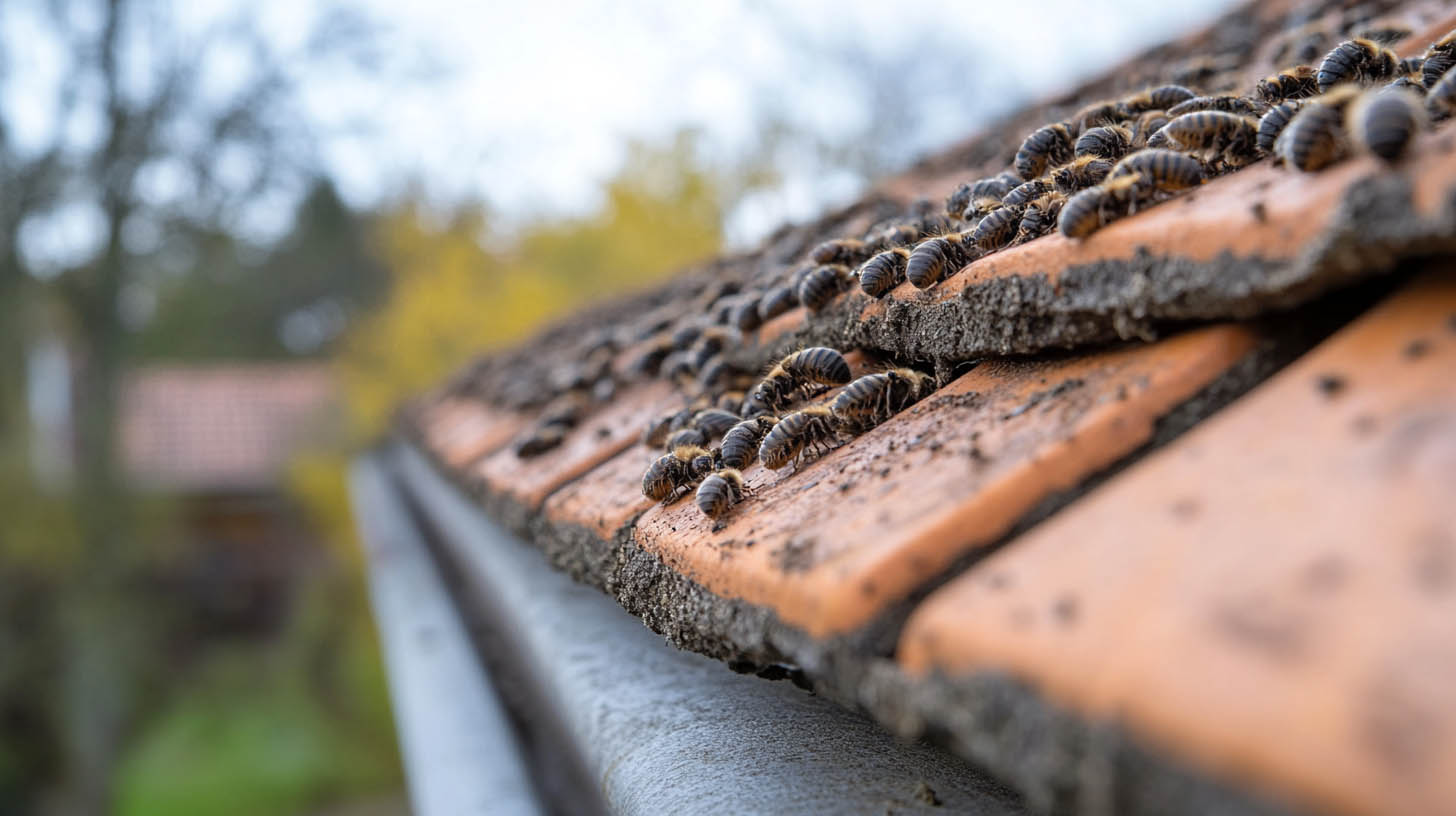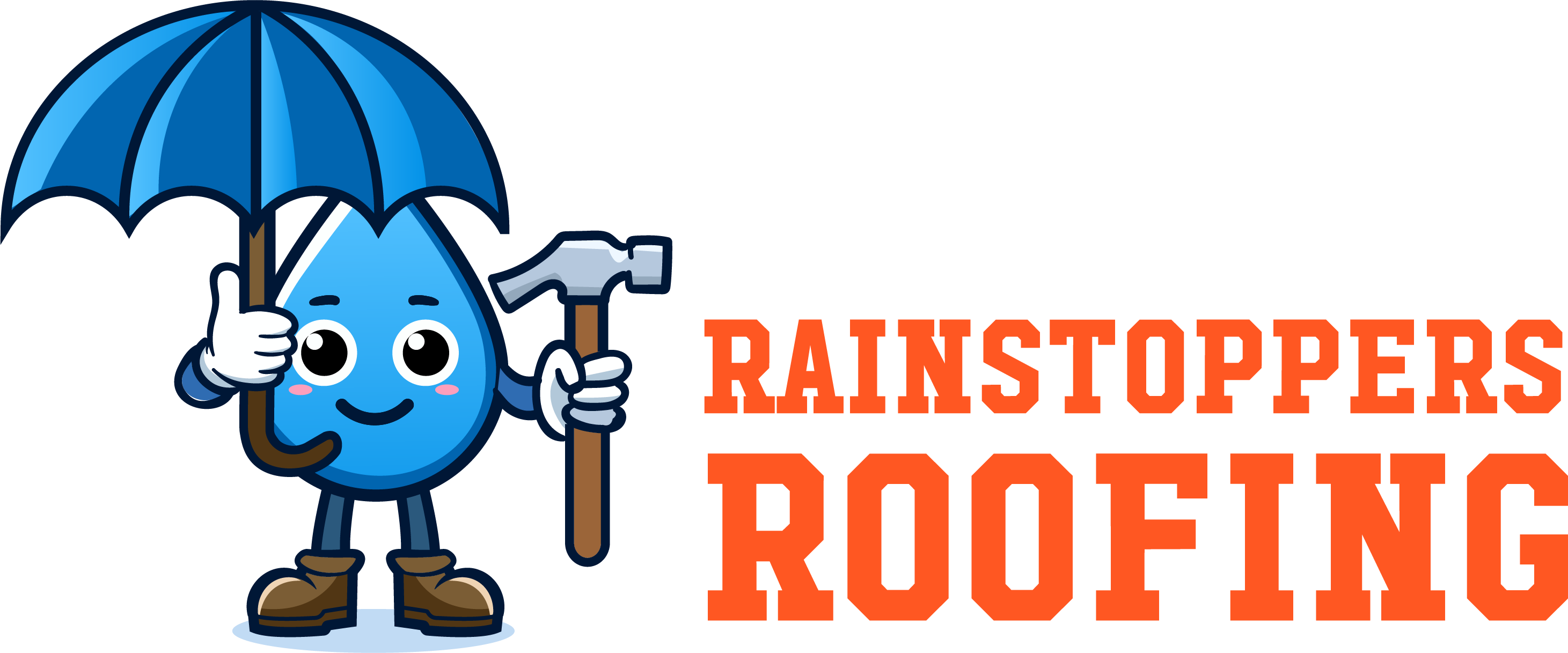
Rainstoppers Roofing in Charleston, WV provides specialized roofing services to help homeowners safeguard their roofs from potential threats, including various types of pests. Many homeowners are unaware of the severe structural damage that pests can inflict on roofing materials, leading to costly repairs and safety hazards.
In this guide, we’ll discuss the most common pests that could compromise the integrity of your roof and what you can do to protect your property.
Birds: Feathered Threats to Your Roof’s Structure
While birds may appear harmless, certain species can be particularly damaging. Bird droppings are highly acidic, causing shingles to deteriorate over time. Additionally, when birds nest in roof gutters, they clog drainage systems, leading to water buildup and potential leaks. This stagnant water not only damages shingles but also creates an inviting environment for more pests.
Rats: Destructive Roof Invaders
Rats are notorious for nesting in warm spaces, making attics and roofs prime locations during colder months. They often chew through roofing materials, including wood, insulation, and even electrical wiring. This gnawing not only weakens your roof but also poses a fire risk due to damaged electrical components. Rats have the ability to gnaw through metal and plastic, increasing the extent of their destruction.
Bees: Builders of Destruction
Bees, particularly honey and carpenter bees, can significantly harm roofing materials. Honey bees search for dark spaces to build their hives, chewing through wood and creating holes. Carpenter bees take it a step further, burrowing into wood structures, which can weaken shingles and cause mold growth. Once established, bee colonies can attract birds that further damage the roof by pecking for larvae.
Termites: Hidden Structural Threats
Termites are perhaps the most destructive pests for any wooden structure, including roofs. These insects feed on cellulose in wood, gradually hollowing out roofing structures such as eaves, beams, and fascia. Given that a single termite colony can number in the thousands, an unchecked infestation can lead to catastrophic structural damage.
Ants: Silent Destroyers of Wood
Like termites, carpenter ants create nests by hollowing out wood structures, which can render a roof unstable. Unlike termites, however, ants don’t eat the wood but use it to house their young. Over time, as the ant colony expands, the roof’s wooden components weaken, resulting in costly structural repairs.
Prevention and Control: Keeping Your Roof Pest-Free
To prevent pests from damaging your roof, consider the following strategies:
- Inspect Regularly: Routine roof inspections help identify early signs of pest infestations, such as droppings or structural damage.
- Clear Debris: Pests are often attracted to leaves and debris in gutters. Regular cleaning prevents nesting sites from forming.
- Seal Entry Points: Identify and seal any holes or cracks in the roof to reduce access for pests, especially rodents and insects.
- Trim Overhanging Branches: Tree branches that touch or overhang your roof make it easier for pests to access your roof.
Did you know? Pest infestations are one of the top causes of early roof damage. This common but often overlooked threat accounts for up to 20% of roof repair cases, underscoring the importance of proactive measures.
FAQs About Roofing Pests
- How do I know if my roof is infested with pests?
Look for signs like droppings, nests, or unusual sounds from the attic. Regular inspections by professionals are advisable. - Can insurance cover roof damage caused by pests?
Generally, pest-related damage isn’t covered by homeowners’ insurance. Preventative maintenance is essential. - What should I do if I suspect pests are damaging my roof?
Contact a professional roofing company like Rainstoppers Roofing for a comprehensive inspection and appropriate repairs. - What’s the best way to prevent birds from nesting on my roof?
Install bird spikes or deterrents in problem areas, especially near gutters. - Can pests cause a roof to collapse?
In extreme cases, significant structural damage from pests can lead to collapse, especially if termites or carpenter ants have compromised the wood.
Conclusion
Protecting your roof from pests is an essential part of home maintenance. By understanding the unique risks posed by different pests, you can take steps to keep them at bay and maintain the structural integrity of your roof. For reliable assistance, visit Rainstoppers Roofing and consult with our team to ensure your roof remains safe and sound.To learn more about five tips for holiday decorating without damaging your roof, click here.
